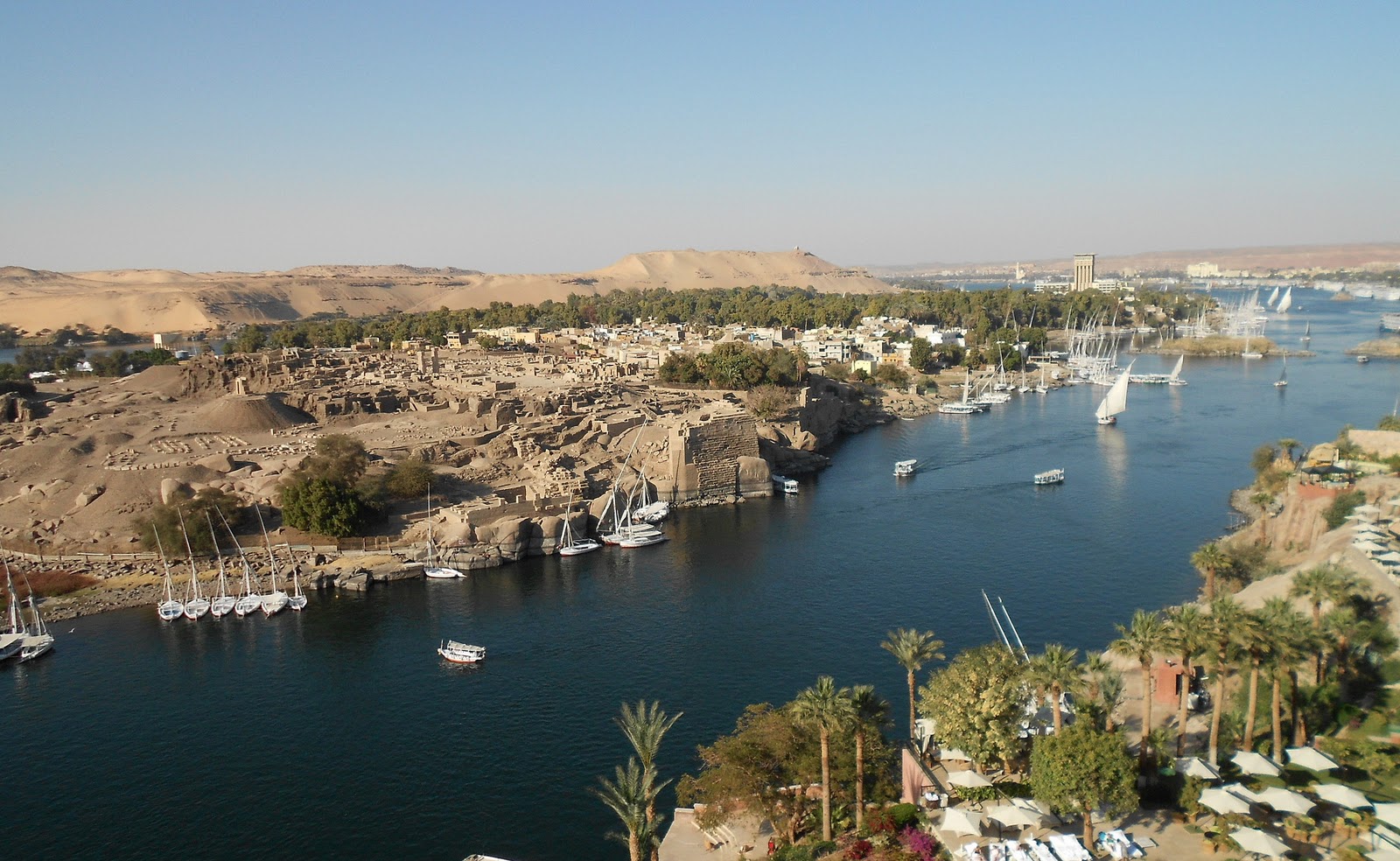Elephantine is the largest island in the Aswan archipelago with many traces of its ancient history. It’s located 150 meters opposite the corniche.
Elephantine is Greek for elephant. In ancient times, the Island, as well as the southern town, was called Abu, or Yabu, which also meant elephant. The town has also been referenced as Kom, after it’s principle god of the island, Khnum (Khnemu). It is believed that the island received it’s name because it was a major ivory trading center, though in fact, it was a major trading post of many commodities
In ancient Egypt, the island contained a fort that stood just before the first cataract of the Nile at Egypt’s southern border with Nubia. It was an excellent defensive site for a city and its location made it a natural cargo transfer point for river trade.
The island is very beautiful, and while many of the artifacts there are in ruin, there is still considerable to see. One of it’s main attractions is it’s Nilometer, which is one of only three on the Nile, which was used to measure the water level of the Nile as late as the nineteenth century.
There has been ongoing excavations by the German Archaeological Institute at the city, these excavations have uncovered many findings that are now on display in the museum located on the island, including a mummified ram of Khnum. Artifacts dating back to predynastic times have been found on Elephantine.
In ancient times, the island was also an important stone quarry providing granite materials that would be transported widely within Egypt for monuments and buildings.
In addition to the archaeological site, the island today is a part of the modern Egyptian city of Aswan and it houses the Aswan Museum at the southern extreme of the island

